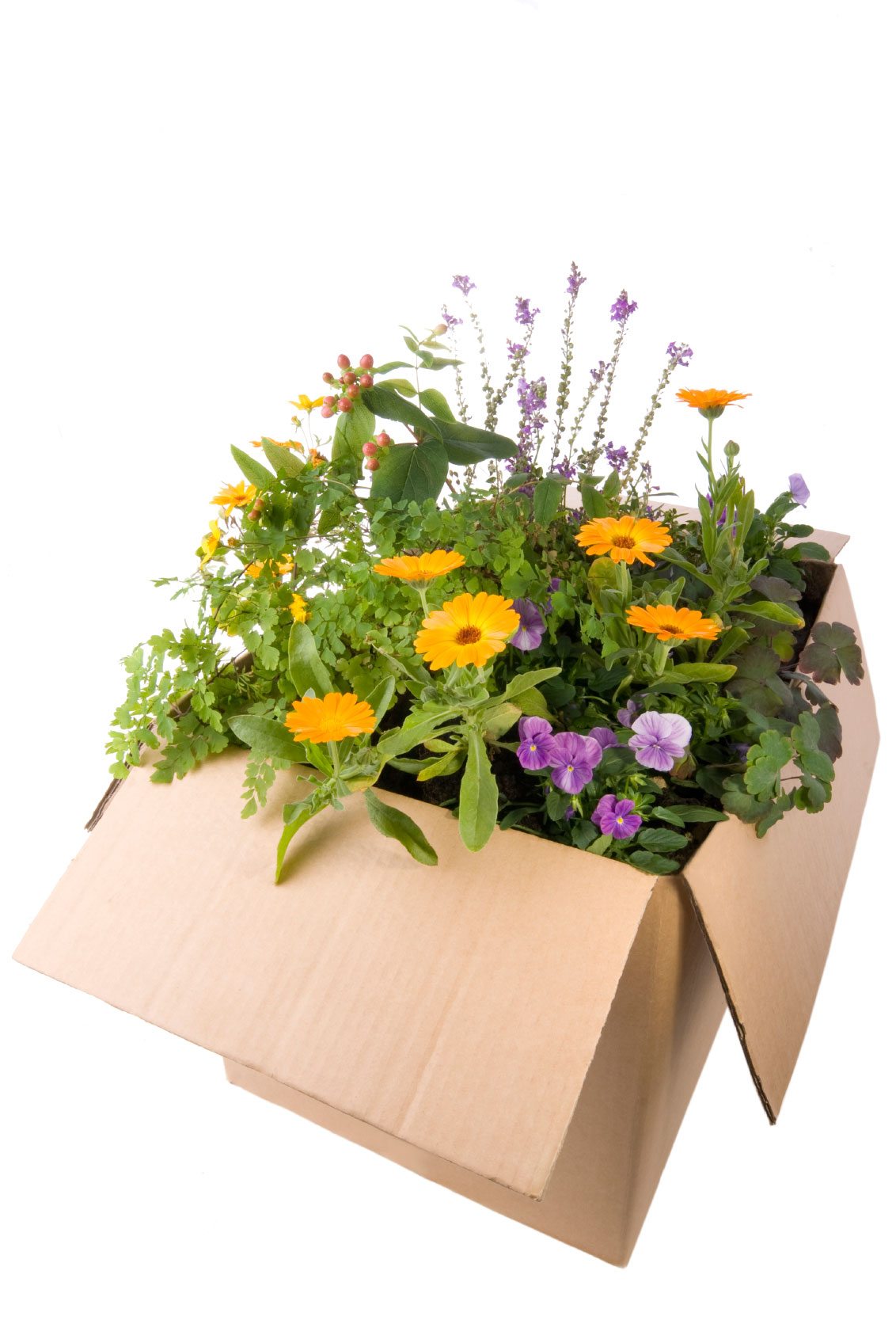How To Ship Plants: Tips And Guidelines For Shipping Live Plants By Mail


Plant sharing is a big hobby on gardeners' forums and for collectors of specific species. Shipping plants by mail requires careful packaging and preparation of the plant. Mailing garden plants across the country is fairly easy to do, but the best way is to choose the fastest method for your plant to travel. Also, check to see if it is legal to ship to the jurisdiction you have in mind; some areas have laws and limitations. Knowing how to ship plants and the best way to box them up for a trading experience will enrich you and the receiver at the end of the line.
Guidelines for Shipping Live Plants
Sending plants through mail successfully depends upon careful packing as well as acclimating the plant and sending it with enough water to survive several days. Plants that get sent to hot regions or are shipped in winter will benefit from some insulation. You can use the U.S. Postal Service or any of the shipping companies that fit your needs. Either way, you can learn how to package them for the best arrival and least breakage. There are four basic guidelines for shipping live plants. Preparing the plant, packing the plant, labeling, choosing a shipping company and speed are the primary important aspects to shipping plants by mail.
Preparing The Plant For Shipping
Preparation starts with removing the plant from the soil and shaking off the excess. But do not wash the roots, as some residual soil will help provide familiar microbes from the plant's native soil and will make the transition easier for the plant. Wrap the roots with several moist paper towels and put the bundle in a plastic bag. If the trip will be long, add a couple of teaspoons of polymer moisture crystals to water to make a slurry and apply this to the roots before placing it in the plastic bag. Stabilize any errant growth to prevent breakage with plant ties, rubber bands, or twist ties. You can also just roll the plant in some newspaper to protect the tops and stems.
Packing The Plant
Choose a box sturdy enough to handle rough treatment when mailing garden plants. Boxes literally get kicked, thrown, and dropped. You need your plant to arrive in one piece, so pick a box that can take a licking. Also, choose one just barely big enough for the plant to fit inside so it doesn't have room to move around during handling. Extra cushioning is a good idea if there is any extra room inside the box. Use newspaper, shredded bills, or foam to fill any pockets. If you are worried about the handling of the box, reinforce the edges with strapping tape. Lastly, don't forget to place a tag or label inside with the name of the plant. If you are sending plants through the mail that are potted, use bubble wrap to protect the pot and the roots. A collar of cardboard over the soil and around the base of the plant, followed by a plastic bag closed around the base of the plant will help keep the soil in the container. Stand the plant upright if possible, making sure to mark "This End Up" on the box, and pack around it. Remember though, that shipping the container and soil will greatly increase the cost of shipping the plant.
Labeling
Put a label on the outside that says “Live Plant” and "Perishable" so they know to treat it with a modicum of gentleness. While it is no guarantee that this will prevent abuse to the box, it may win over a few package handlers to take extra care. Shipping guidelines today also require that you include a return address as well as the shipping address on the outside. If you are reusing a box that previously was used for shipping, make sure to remove or blackout all old labels so that the package is not accidentally shipped to the wrong location.
When and How to Ship Plants And Choosing a Shipping Company
The post office does a good job shipping plants. You can also go with a private shipping company. The key is to find out who can do it fastest and safest. For the postal service, choose priority mail at the very least. If you ship frequently, have a service pick up the plants so you can keep them cool until they are ready to go. This will help them travel better. Remember also that many shipping services do not deliver on Sundays and possibly not on Saturdays, depending on the service you use. To make sure that the shipped plant spends as little time as possible in the box, plan on shipping early in the week, such as on a Monday or Tuesday. This will ensure that the shipped plant doesn't languish unnecessarily in the box over a weekend. Also, check the weather in both your location and the location of the person you are shipping to. Wait to ship plants if either you or the recipient are expecting extreme weather. It would be a shame to lose a plant simply because it got stuck in a broiling shipping truck during 100 F+ (38 C+) temperatures or because it froze to death on someone's front porch while waiting for them to get home from work. Swapping plants is a fun and economical way to get unique specimens or rare cuttings. Pack it right and your plants will arrive ready to brighten someone's day.
Sign up for the Gardening Know How newsletter today and receive a free copy of our e-book "How to Grow Delicious Tomatoes".

Bonnie Grant is a professional landscaper with a Certification in Urban Gardening. She has been gardening and writing for 15 years. A former professional chef, she has a passion for edible landscaping.